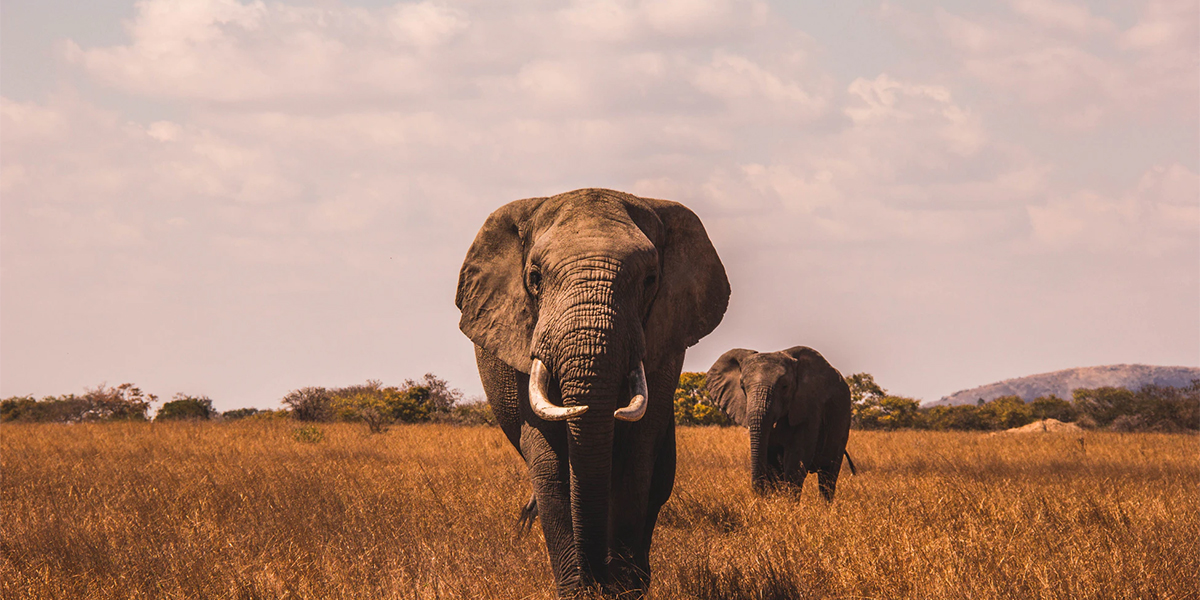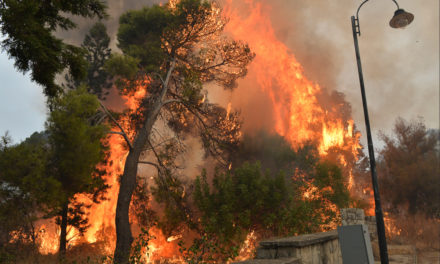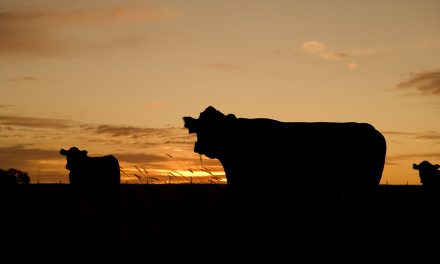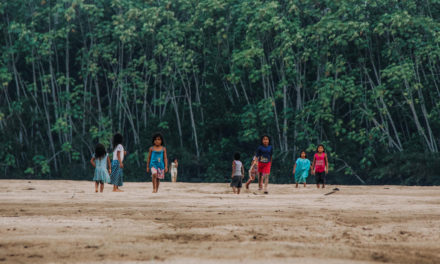According to authorities at Zimbabwe’s Hwange National Park, 55 elephants have died since September due to severe drought conditions.
In what many are describing as the worst drought in years, animals housed in Zimbabwe’s largest national park have begun straying into nearby communities in the desperate search for resources. Many elephants have died in their search for water, with several found only a short distance away from a watering hole.
Since the beginning of the year, 22 people have been killed by animals straying from the park to hunt for food. Overcrowding has also contributed to the crisis; the national park reportedly can house up to 15,000 elephants but are currently over capacity with more than 50,000 living in the park. The overpopulation has also led to the destruction of vegetation and crops.
According to the Nationals Parks and Wildlife Management Authority spokesman Tinashe Farawo, the situation has become increasingly dire: “The elephants are dying from starvation and this is a big problem,” Farawo said.
While there have been efforts to provide the animals with more water through the drilling of boreholes, its proven to be difficult as national parks do not receive funding from the government. Alternatively, there have been proposals to rehouse the animals abroad by selling them to countries like China. However, this controversial practice has sparked widespread outrage amongst wildlife conservationists.
Drought Intensifies Economic Crisis
Whilst trying to cope with a severe drought, Zimbabwe has also been struck by the worst economic crisis since 2017 when former President Robert Mugabe was overthrown by army coup.
The crisis has led to serious food shortages including shortages of fuel and electricity. In September, two million residents were left without water due to the government’s inability to pay for imported treatment chemicals.
Despite introducing a new currency, the Zimbabwe Dollar, earlier this year, the value of the currency has more than halved since being introduced. Hyperinflation has skyrocketed, hitting 289% in August and making it the highest rate of inflation across the globe.
Weather conditions have not simplified things either. After Cyclone Idai made landfall in the country in March, farmland was severely damaged. Shortly after, a particularly dry season further contributed to devastating grain harvests.
In July, the UN World Food Programme (WFP) revealed that severe drought had left more than a third of rural homes in the country with food insecurity. In addition, the WFP warned that the situation would worsen between January and March 2020 with up to 5.5 million possibly impacted by lack of food supplies.
An ongoing economic crisis coupled with uncompromising weather conditions has left citizens of Zimbabwe scrambling to assure their next meal. Similarly, animals in Zimbabwe’s national parks are travelling long distances just for food and water, making human-animal conflict that much more common. Unless there are substantial changes to the economic system, and better disaster management, the future will continue to look bleak for Zimbabwe.
- This Artist is Making the Underwater Arena His Canvas - 28th April 2021
- A Video Game that Promotes Peace and Conflict Resolution - 15th March 2021
- Netflix’s ‘Living Undocumented’ is a Difficult Series to Watch, and Exactly Why We Should - 9th March 2021






